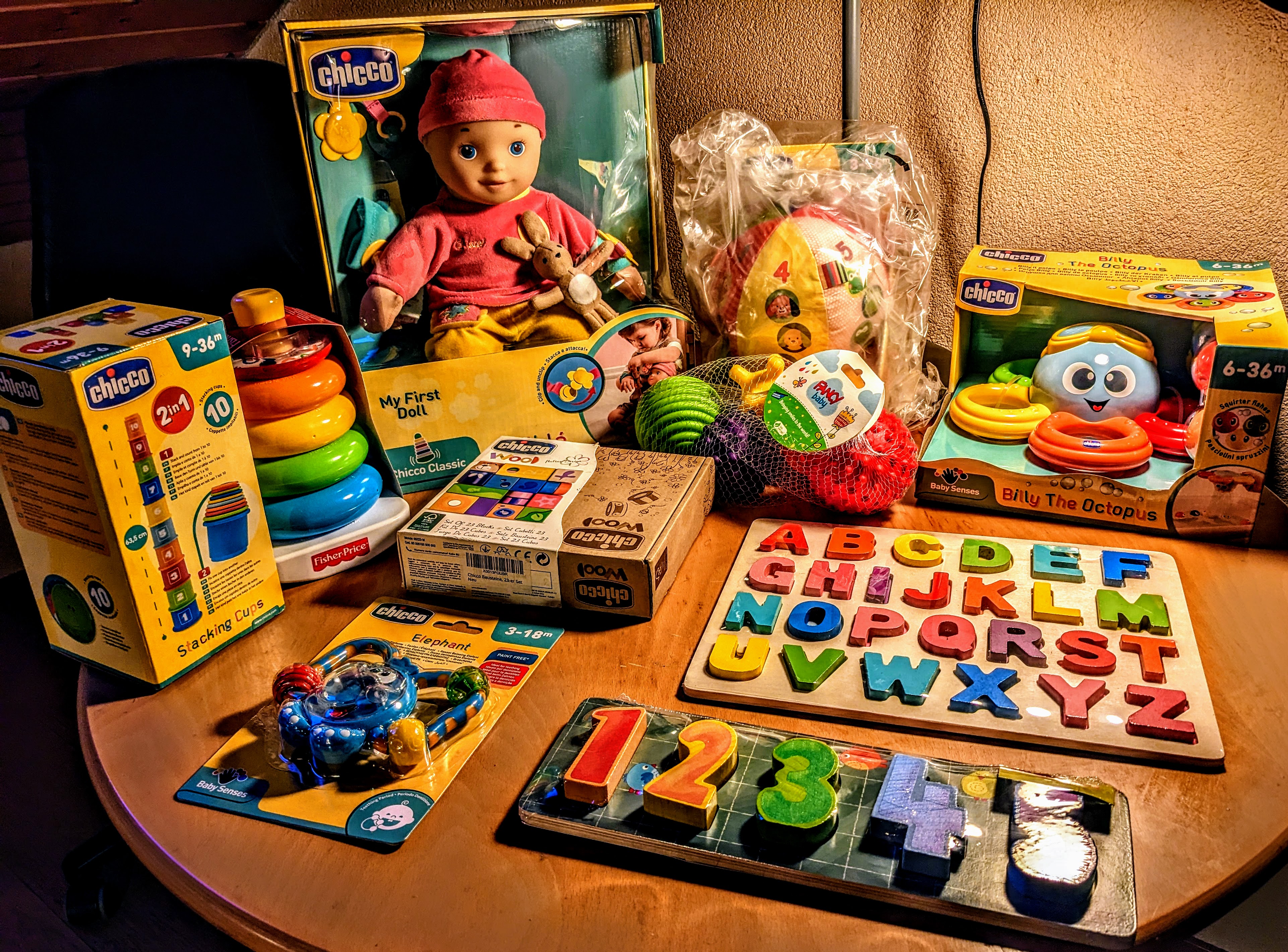Parents often feel pressured to fill their homes with toys, especially during holidays. However, research suggests that having fewer toys can actually be better for kids in several ways.
More engaged play
“What toddlers are programmed to do is explore their environment and see what kind of opportunities there are," says Alexia Metz, an occupational therapy professor at the University of Toledo. When children are surrounded by a plethora of toys, they may feel overwhelmed and unable to focus on any one toy for an extended period.
Metz and her team conducted a study where toddlers were allowed to play in two rooms, one with four toys and another with 16. The results showed that the toddlers engaged in deeper, more creative play when they were in the room with fewer toys. They interacted with each toy for longer and in various ways, demonstrating their ability to think outside the box and use their imagination.
Encouraging creativity
In a world filled with gadgets and electronic toys, it's easy for kids to become passive consumers of entertainment. Unstructured play with simple toys, on the other hand, can foster creativity and problem-solving skills.
Heather Kuhaneck, an occupational therapist at Southern Connecticut State University says that a box is more open-ended since it could be a house, a hat, or a ramp for a toy car. She added that simpler (and fewer) toys could very well leave room for higher-quality play.
Prioritizing experiences
Instead of focusing on accumulating material possessions, parents can prioritize experiences that encourage creativity and exploration. For example, a gingerbread house-building competition or a hike in nature can provide endless opportunities for imaginative play.
Strategies for preventing toy overload
-
Rotate toys: Don't let your child's playroom become a cluttered toy store. Rotate toys every few weeks to keep them fresh and exciting. Your child will rediscover old favorites and find new ways to play with them.
-
Choose durable toys: Invest in toys that are made to last. Avoid flimsy, easily broken toys that will end up in the trash in a matter of weeks. Look for toys with open-ended possibilities for play.
-
Get outside: Encourage outdoor play as much as possible. Kids can find endless entertainment in nature, using sticks, rocks, and other natural objects to create their own fantastical worlds.
While it may seem counterintuitive, having fewer toys can actually be better for kids' development and creativity. By focusing on experiences and simple, open-ended toys, we can help our children become more resourceful, imaginative, and problem-solving individuals.

Picture: My 10 first toys (ChildUp.com)



